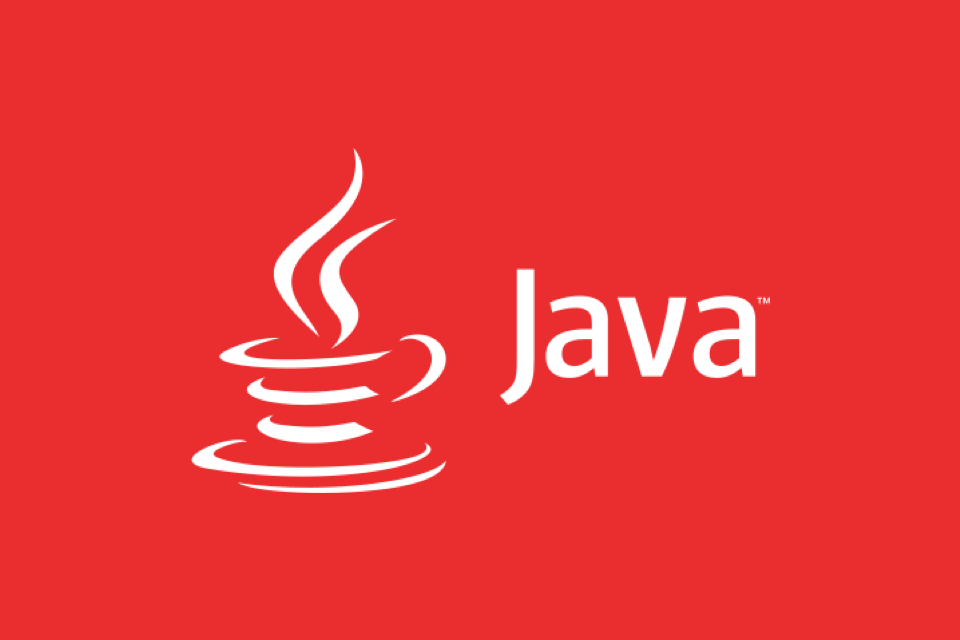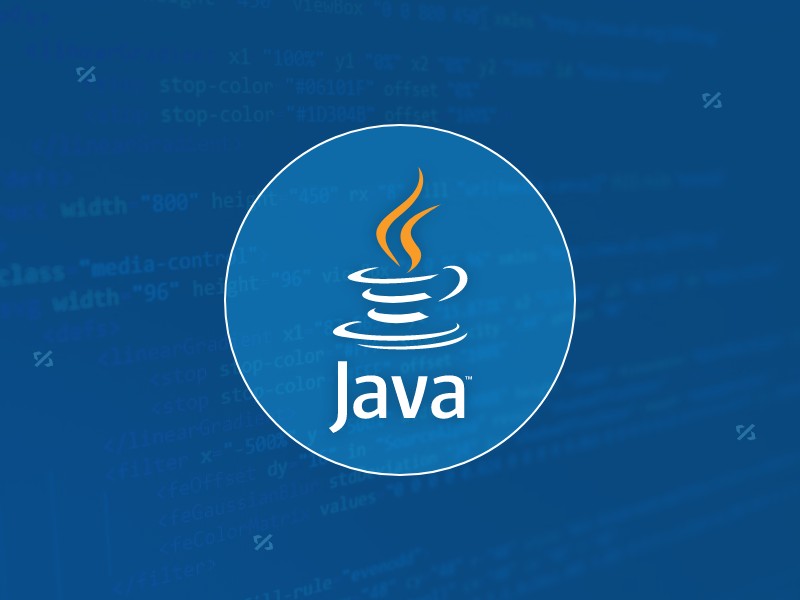In Java, enums are suitable for representing fixed constant sets. Best practices include: 1. Use enum to represent fixed state or options to improve type safety and readability; 2. Add properties and methods to enums to enhance flexibility, such as defining fields, constructors, helper methods, etc.; 3. Use EnumMap and EnumSet to improve performance and type safety because they are more efficient based on arrays; 4. Avoid abuse of enums, such as dynamic values, frequent changes, or complex logic scenarios, which should be replaced by other methods. Correct use of enum can improve code quality and reduce errors, but you need to pay attention to its applicable boundaries.

In Java programming, enums are a very practical feature, especially suitable for representing a fixed set of constants. But many people simply use it to replace constant classes. In fact, there are some notable best practices for using enum well.

1. Use Enum to indicate a fixed state or option
When you need to represent a limited and unchanging set of options, such as order status, gender, color, etc., using enum is the most suitable choice.

public enum OrderStatus {
PENDING, PROCESSING, SHIPPED, DELIVERED, CANCELLED;
}The benefits of writing this are clear, type-safe, and avoiding the problems of magic strings or magic numbers. Enum provides better readability and maintenance than using integer or string constants.
suggestion:

- Give enum values ??meaningful names
- Do not modify the existing enum value order at will (it will affect serialization)
- If you need to describe information, you can add fields and construct methods
2. Add properties and methods to Enum
Enumerations can not only have names, but also fields, constructors, and methods, which makes it more like a complete class.
For example, add an RGB value to each color:
public enum Color {
RED(255, 0, 0),
GREEN(0, 255, 0),
BLUE(0, 0, 255);
private final int r, g, b;
Color(int r, int g, int b) {
this.r = r;
this.g = g;
this.b = b;
}
public String toHexString() {
return String.format("# XXX", r, g, b);
}
}This writing makes enumeration more flexible and easier to expand functionality. You can even define abstract methods and then implement different behaviors in each enum value.
Common practices include:
- Adding toString method to facilitate log output
- Helper methods that define fromString or valueOf
- Add comments to explain the purpose of each value
3. Improve performance and type safety using EnumMap and EnumSet
Java provides collection classes EnumMap and EnumSet designed specifically for enumerations. They are more efficient than ordinary HashMap/HashSet because they use array indexing to process enum values.
For example, counting the number of user operation types:
Map<OperationType, Integer> counts = new EnumMap<>(OperationType.class);
Advantages:
- Faster access speed
- Type-safe, avoid error keys
- Lower memory footprint
Notice:
- EnumMap requires that the key must be of the same enum type
- EnumSet can only store enum values, and cannot mix other types
4. Avoid abuse of Enum
Although enum is very convenient, it is not suitable for use in every place. If you find that an enum changes frequently or has a lot of values, it may not be suitable for using enum.
Some anti-patterns include:
- Hard-code the configuration item into enum
- Enumeration values ??are loaded dynamically from the database
- Enumeration contains too many logic or complex state machines
At this time, it is more suitable to use ordinary factory methods or database configuration tables to manage.
Basically that's it. enum is a small and powerful tool in Java. It can improve code quality and reduce bugs if used well. But don't forget that its essence is a set of constants, and don't treat it as a universal solution.
The above is the detailed content of Best Practices for Using Enums in Java. For more information, please follow other related articles on the PHP Chinese website!

Hot AI Tools

Undress AI Tool
Undress images for free

Undresser.AI Undress
AI-powered app for creating realistic nude photos

AI Clothes Remover
Online AI tool for removing clothes from photos.

Clothoff.io
AI clothes remover

Video Face Swap
Swap faces in any video effortlessly with our completely free AI face swap tool!

Hot Article

Hot Tools

Notepad++7.3.1
Easy-to-use and free code editor

SublimeText3 Chinese version
Chinese version, very easy to use

Zend Studio 13.0.1
Powerful PHP integrated development environment

Dreamweaver CS6
Visual web development tools

SublimeText3 Mac version
God-level code editing software (SublimeText3)
 How to handle transactions in Java with JDBC?
Aug 02, 2025 pm 12:29 PM
How to handle transactions in Java with JDBC?
Aug 02, 2025 pm 12:29 PM
To correctly handle JDBC transactions, you must first turn off the automatic commit mode, then perform multiple operations, and finally commit or rollback according to the results; 1. Call conn.setAutoCommit(false) to start the transaction; 2. Execute multiple SQL operations, such as INSERT and UPDATE; 3. Call conn.commit() if all operations are successful, and call conn.rollback() if an exception occurs to ensure data consistency; at the same time, try-with-resources should be used to manage resources, properly handle exceptions and close connections to avoid connection leakage; in addition, it is recommended to use connection pools and set save points to achieve partial rollback, and keep transactions as short as possible to improve performance.
 Understanding the Java Virtual Machine (JVM) Internals
Aug 01, 2025 am 06:31 AM
Understanding the Java Virtual Machine (JVM) Internals
Aug 01, 2025 am 06:31 AM
TheJVMenablesJava’s"writeonce,runanywhere"capabilitybyexecutingbytecodethroughfourmaincomponents:1.TheClassLoaderSubsystemloads,links,andinitializes.classfilesusingbootstrap,extension,andapplicationclassloaders,ensuringsecureandlazyclassloa
 How to work with Calendar in Java?
Aug 02, 2025 am 02:38 AM
How to work with Calendar in Java?
Aug 02, 2025 am 02:38 AM
Use classes in the java.time package to replace the old Date and Calendar classes; 2. Get the current date and time through LocalDate, LocalDateTime and LocalTime; 3. Create a specific date and time using the of() method; 4. Use the plus/minus method to immutably increase and decrease the time; 5. Use ZonedDateTime and ZoneId to process the time zone; 6. Format and parse date strings through DateTimeFormatter; 7. Use Instant to be compatible with the old date types when necessary; date processing in modern Java should give priority to using java.timeAPI, which provides clear, immutable and linear
 Comparing Java Frameworks: Spring Boot vs Quarkus vs Micronaut
Aug 04, 2025 pm 12:48 PM
Comparing Java Frameworks: Spring Boot vs Quarkus vs Micronaut
Aug 04, 2025 pm 12:48 PM
Pre-formanceTartuptimeMoryusage, Quarkusandmicronautleadduetocompile-Timeprocessingandgraalvsupport, Withquarkusoftenperforminglightbetterine ServerLess scenarios.2.Thyvelopecosyste,
 Understanding Network Ports and Firewalls
Aug 01, 2025 am 06:40 AM
Understanding Network Ports and Firewalls
Aug 01, 2025 am 06:40 AM
Networkportsandfirewallsworktogethertoenablecommunicationwhileensuringsecurity.1.Networkportsarevirtualendpointsnumbered0–65535,withwell-knownportslike80(HTTP),443(HTTPS),22(SSH),and25(SMTP)identifyingspecificservices.2.PortsoperateoverTCP(reliable,c
 How does garbage collection work in Java?
Aug 02, 2025 pm 01:55 PM
How does garbage collection work in Java?
Aug 02, 2025 pm 01:55 PM
Java's garbage collection (GC) is a mechanism that automatically manages memory, which reduces the risk of memory leakage by reclaiming unreachable objects. 1.GC judges the accessibility of the object from the root object (such as stack variables, active threads, static fields, etc.), and unreachable objects are marked as garbage. 2. Based on the mark-clearing algorithm, mark all reachable objects and clear unmarked objects. 3. Adopt a generational collection strategy: the new generation (Eden, S0, S1) frequently executes MinorGC; the elderly performs less but takes longer to perform MajorGC; Metaspace stores class metadata. 4. JVM provides a variety of GC devices: SerialGC is suitable for small applications; ParallelGC improves throughput; CMS reduces
 Comparing Java Build Tools: Maven vs. Gradle
Aug 03, 2025 pm 01:36 PM
Comparing Java Build Tools: Maven vs. Gradle
Aug 03, 2025 pm 01:36 PM
Gradleisthebetterchoiceformostnewprojectsduetoitssuperiorflexibility,performance,andmoderntoolingsupport.1.Gradle’sGroovy/KotlinDSLismoreconciseandexpressivethanMaven’sverboseXML.2.GradleoutperformsMaveninbuildspeedwithincrementalcompilation,buildcac
 go by example defer statement explained
Aug 02, 2025 am 06:26 AM
go by example defer statement explained
Aug 02, 2025 am 06:26 AM
defer is used to perform specified operations before the function returns, such as cleaning resources; parameters are evaluated immediately when defer, and the functions are executed in the order of last-in-first-out (LIFO); 1. Multiple defers are executed in reverse order of declarations; 2. Commonly used for secure cleaning such as file closing; 3. The named return value can be modified; 4. It will be executed even if panic occurs, suitable for recovery; 5. Avoid abuse of defer in loops to prevent resource leakage; correct use can improve code security and readability.






